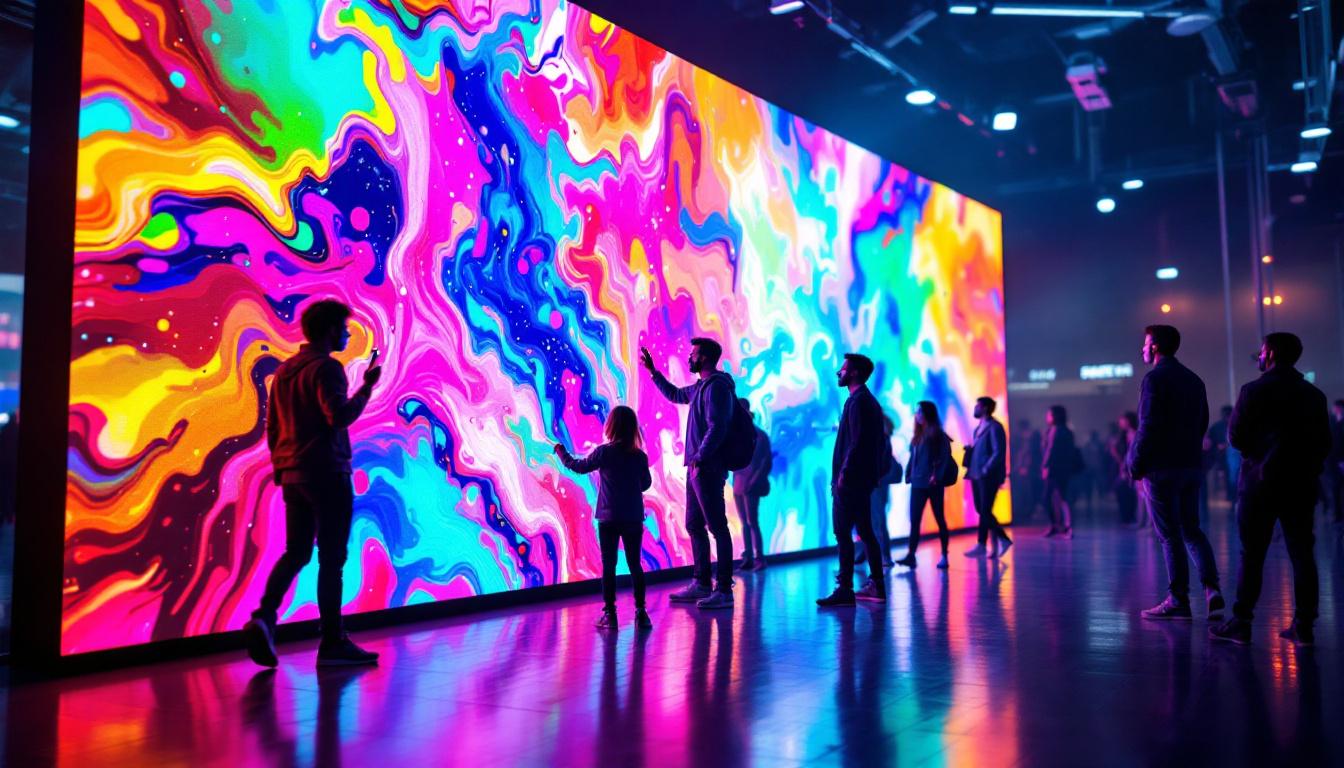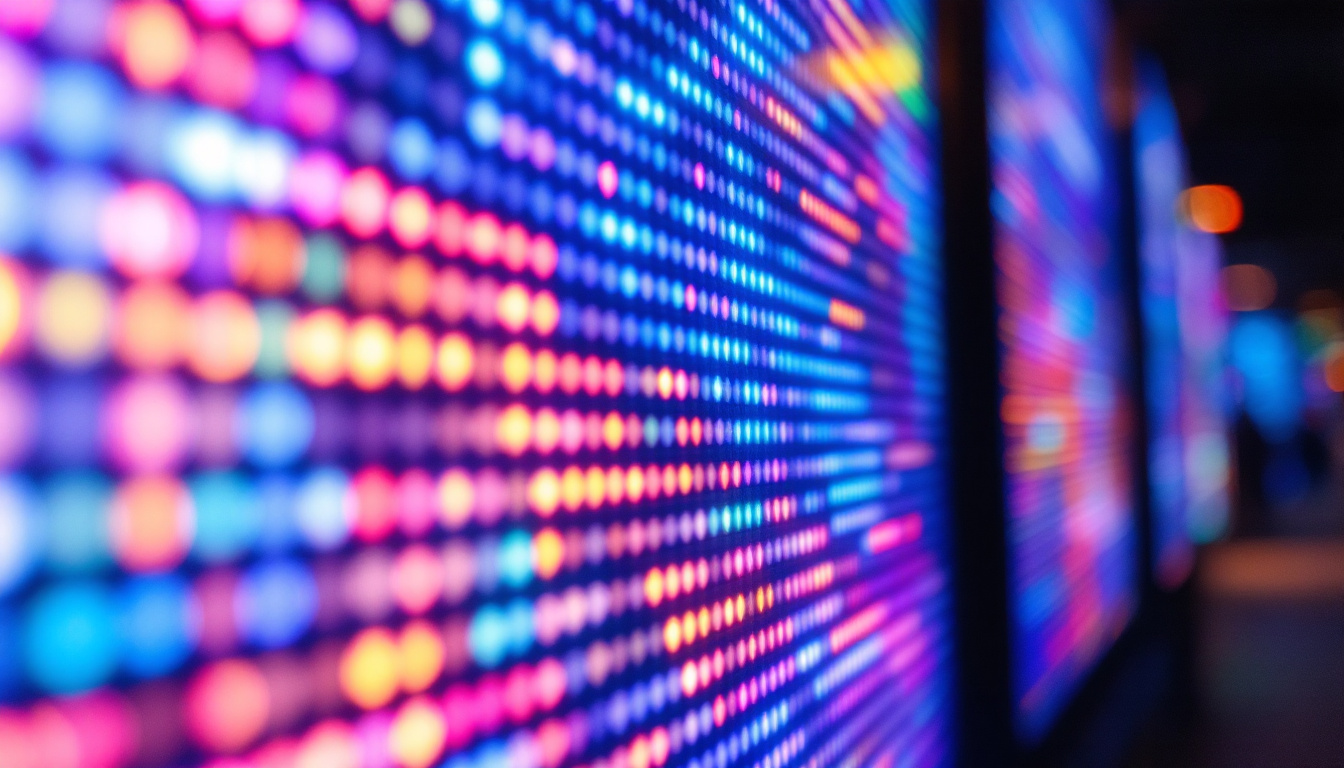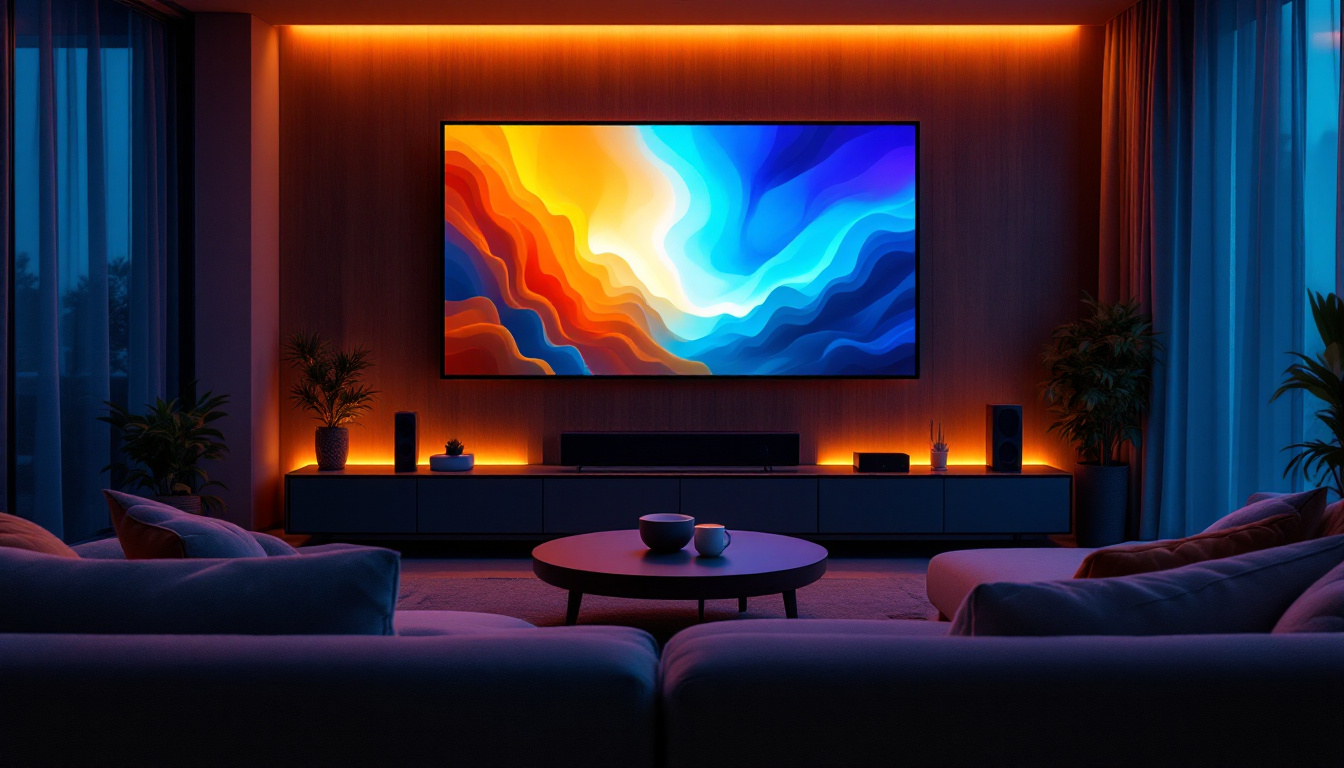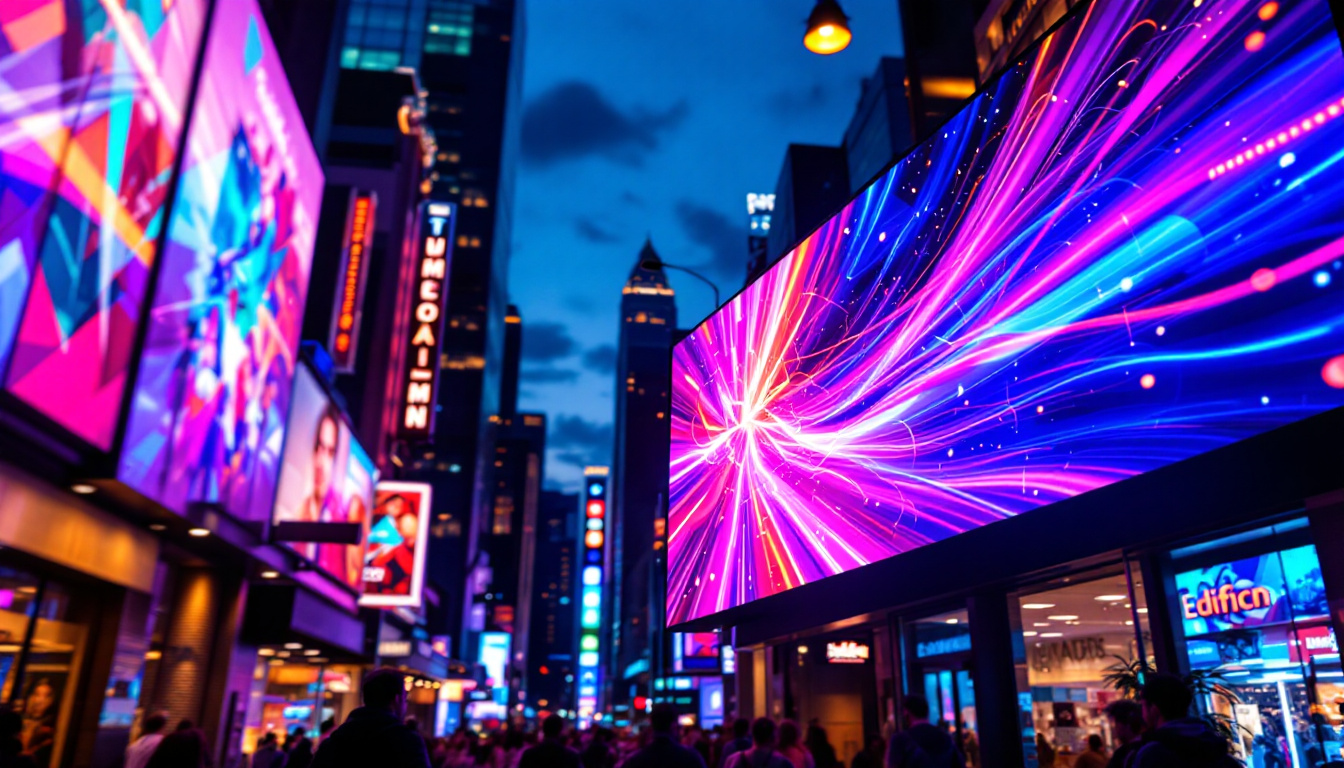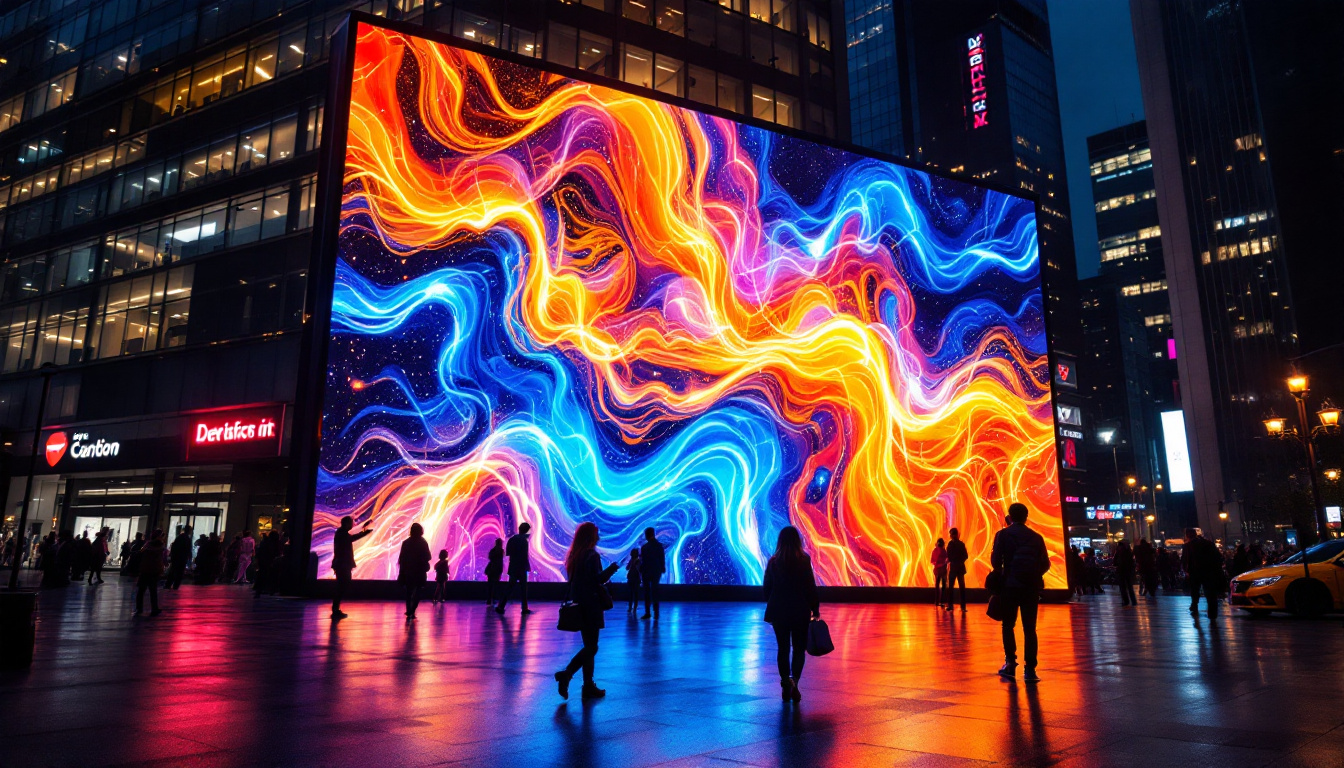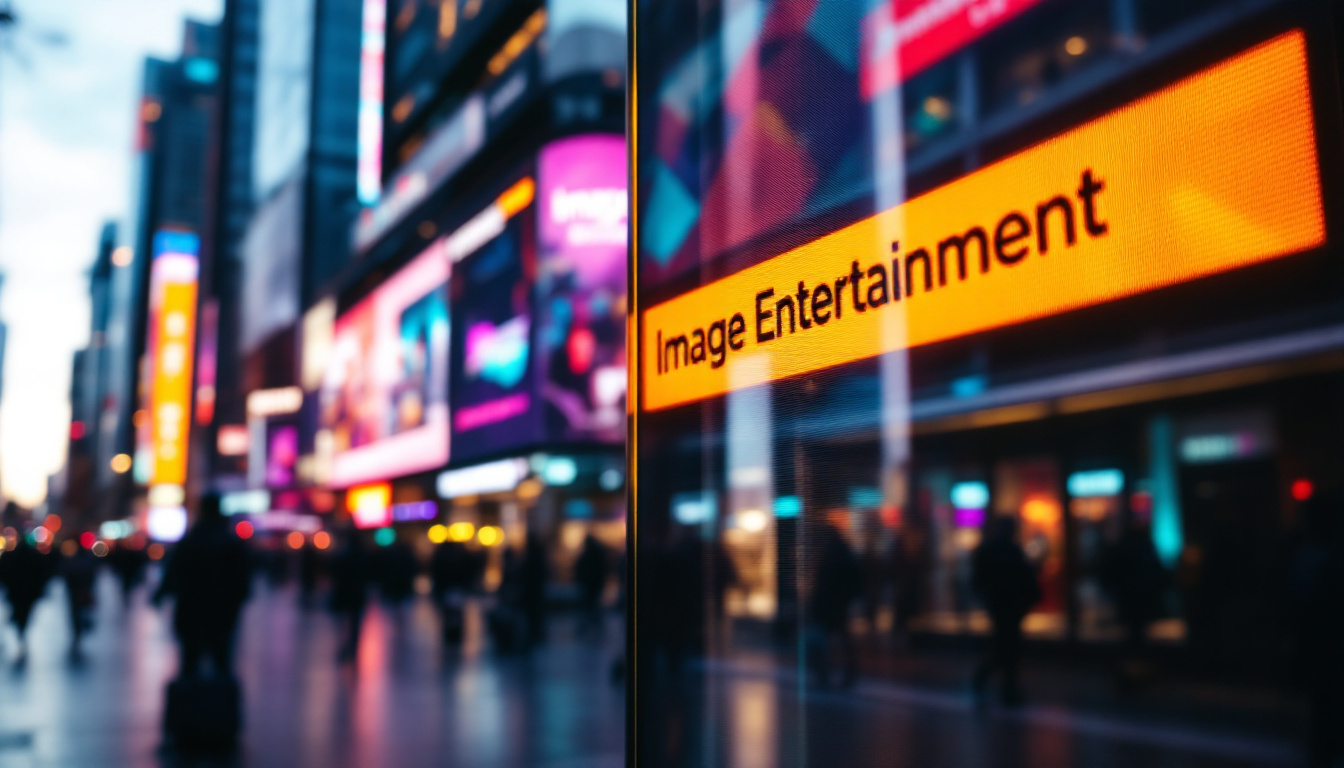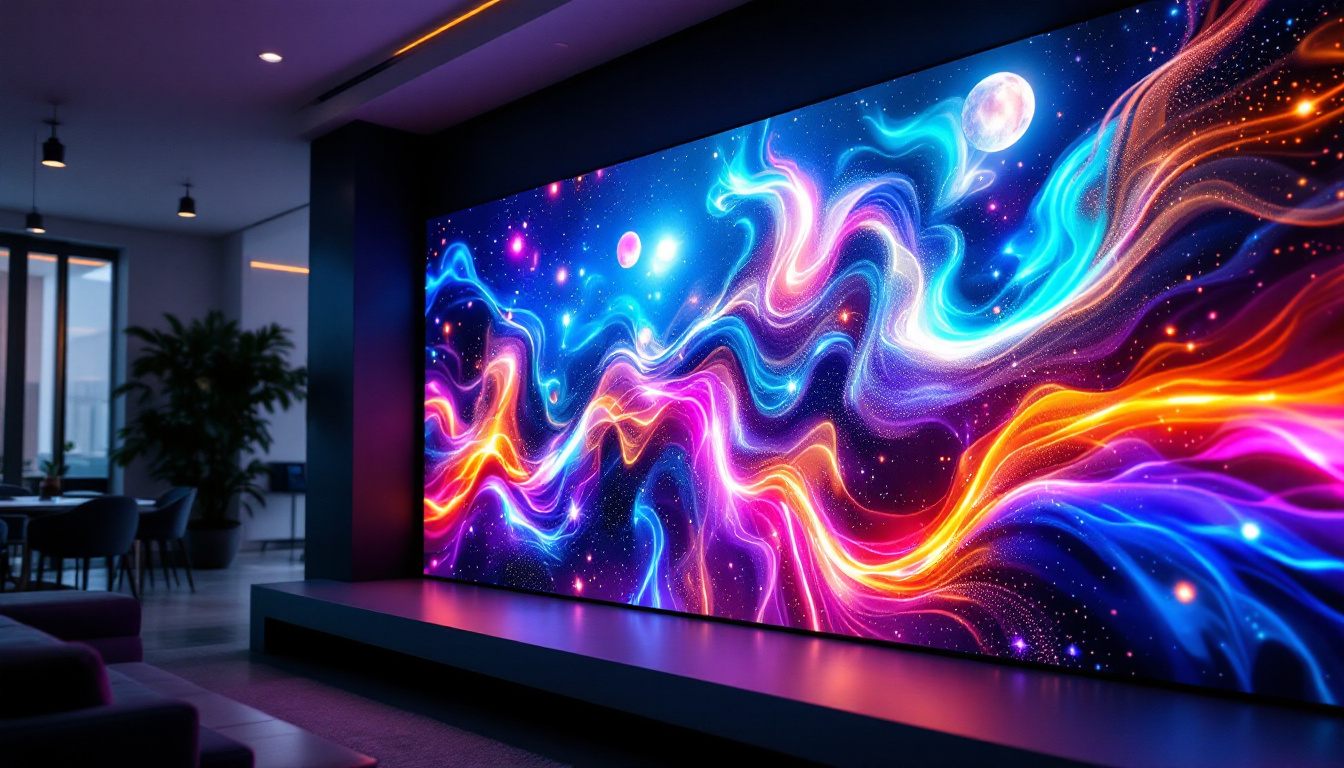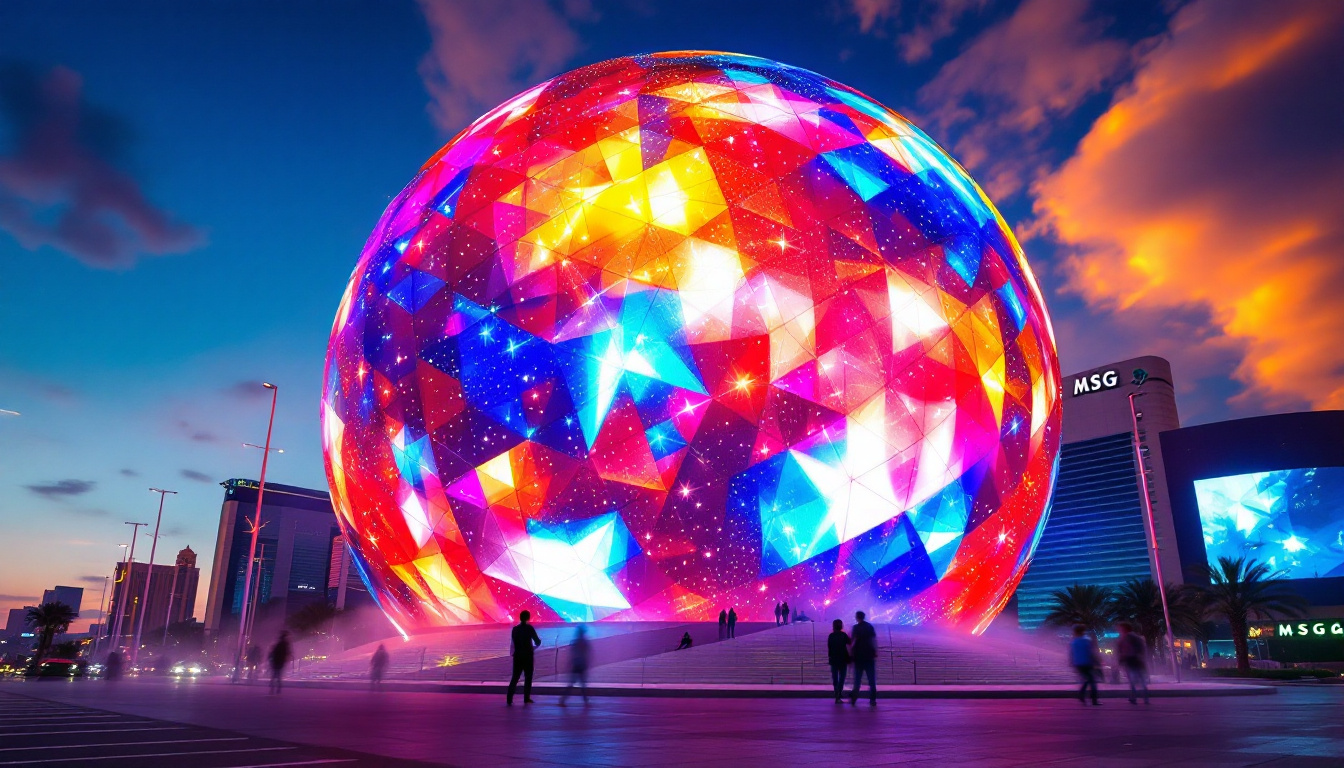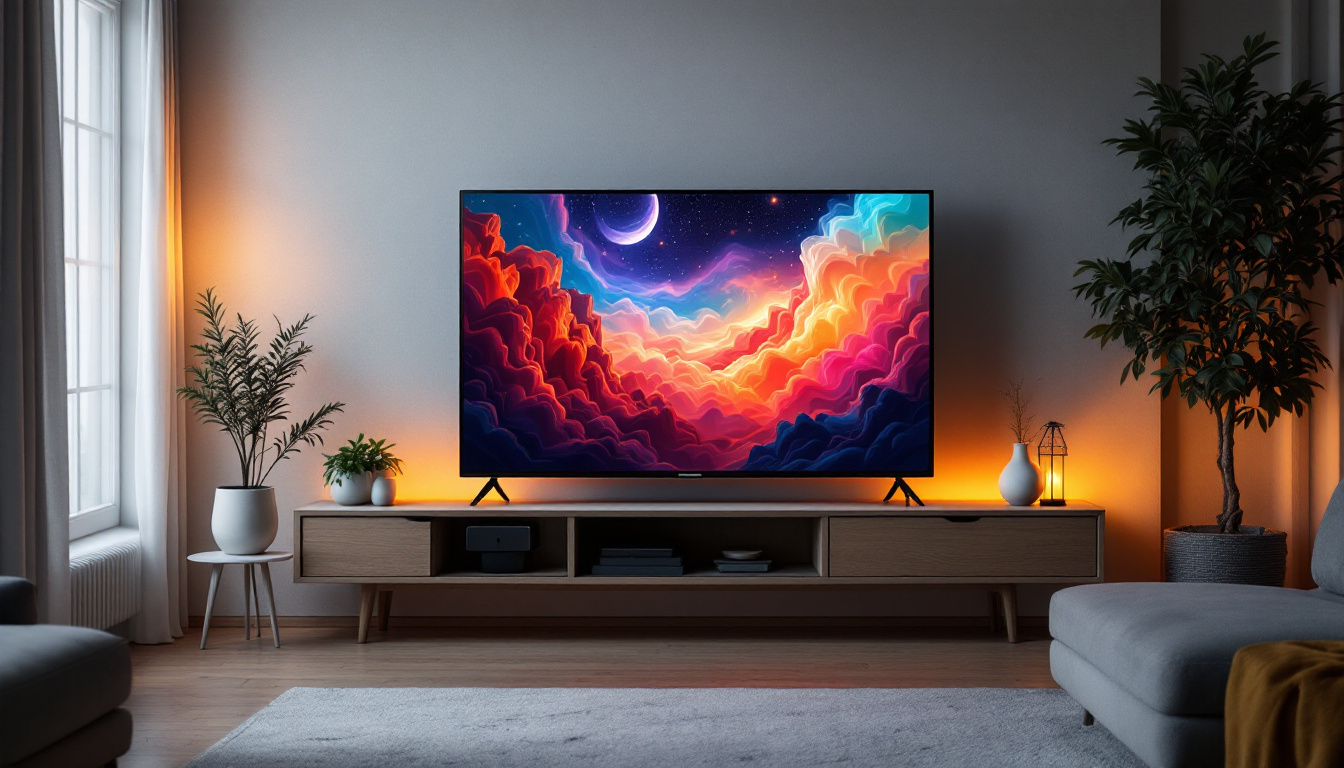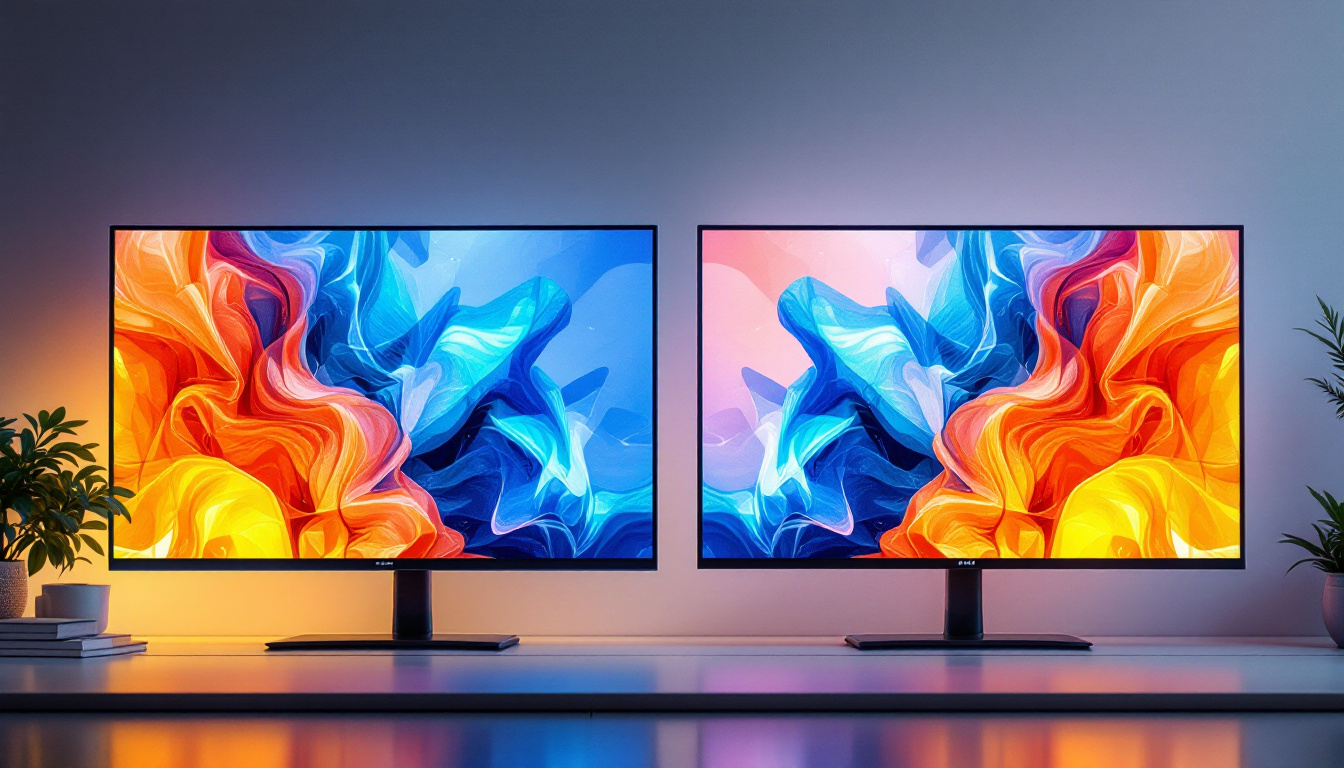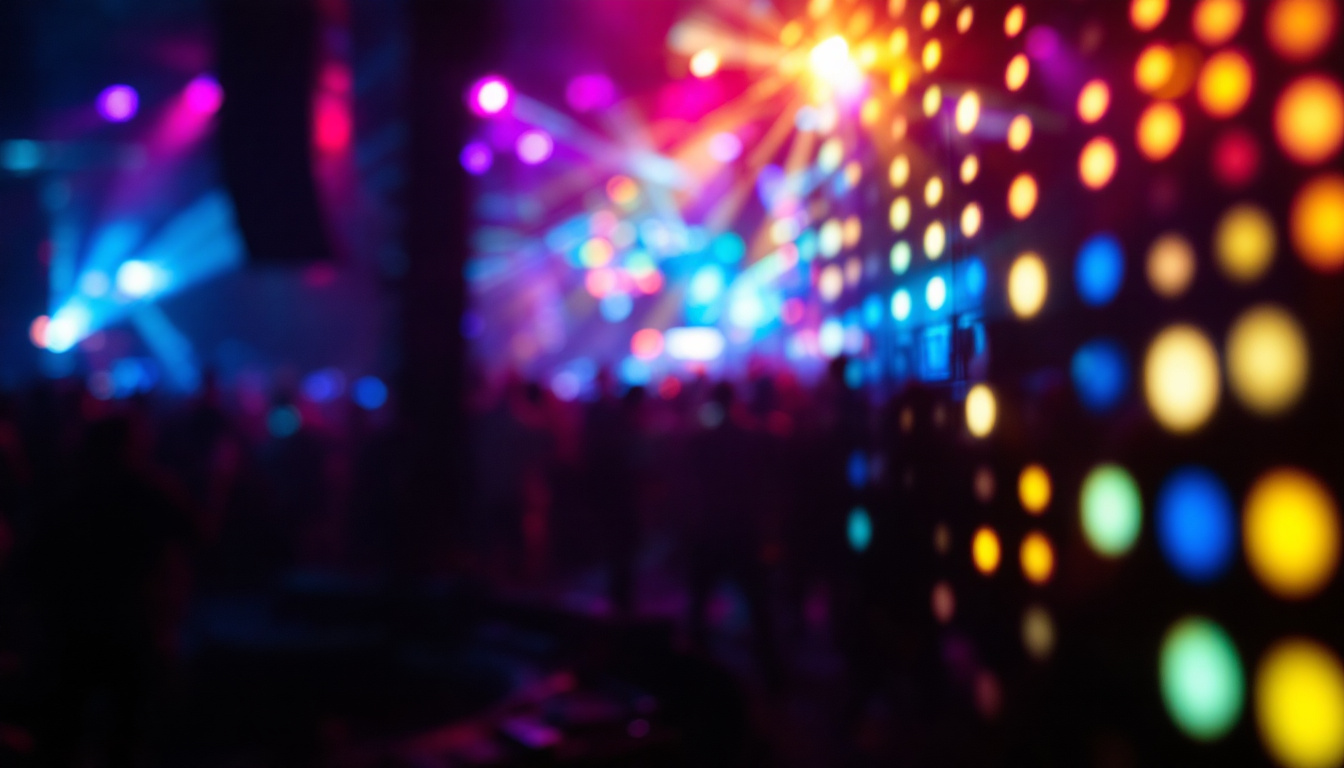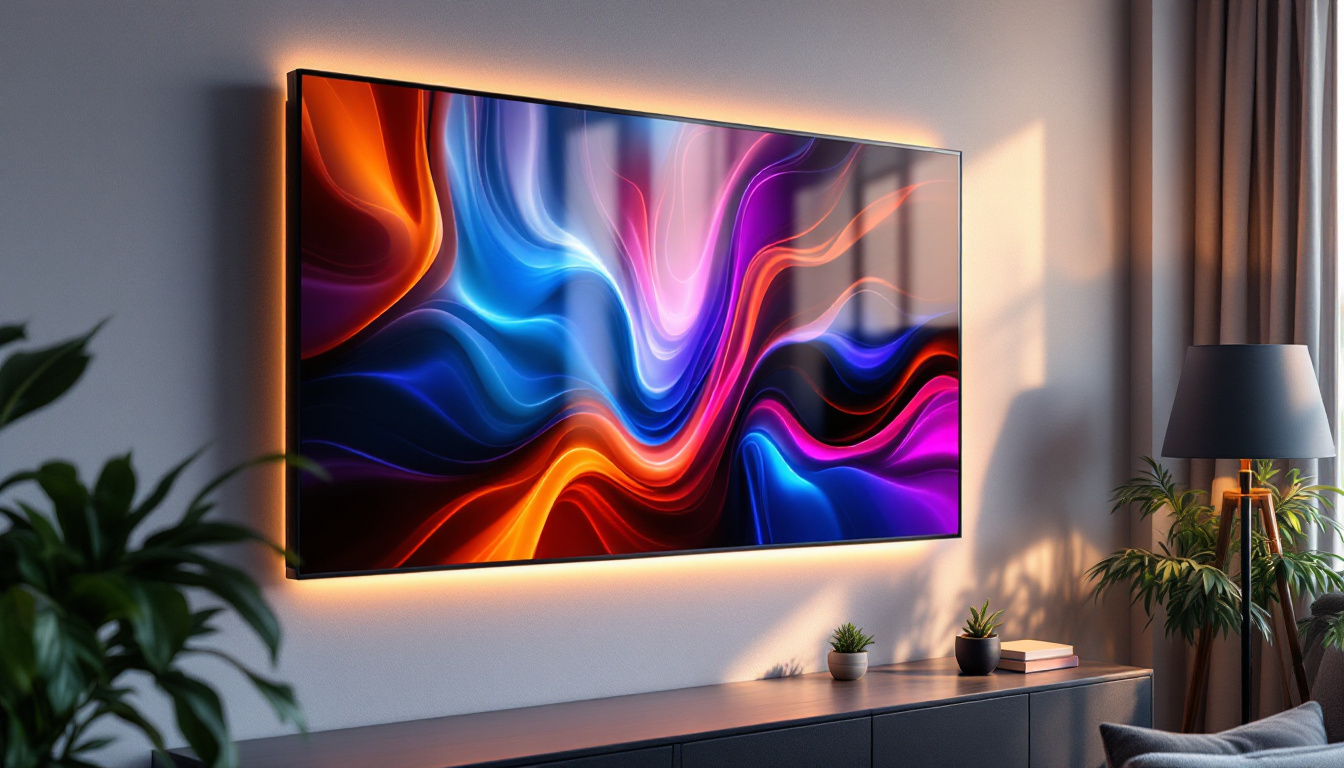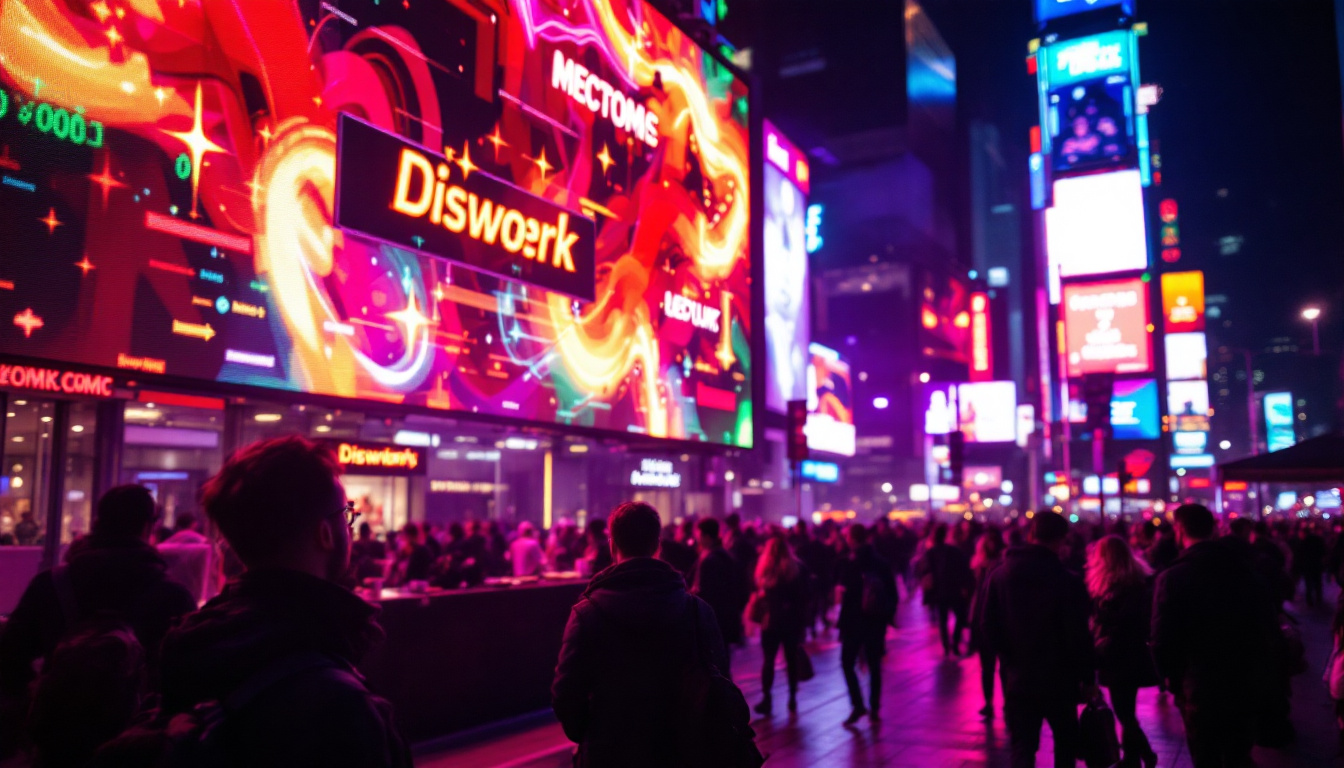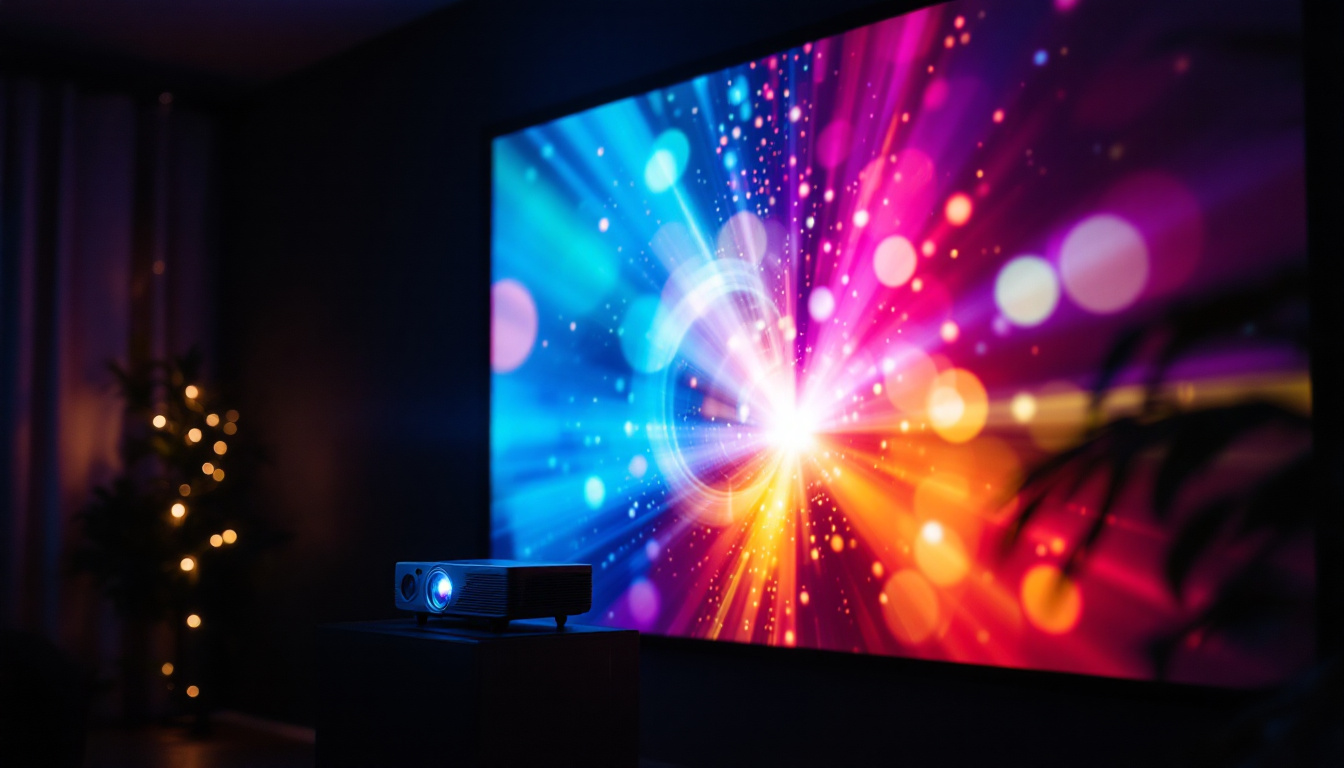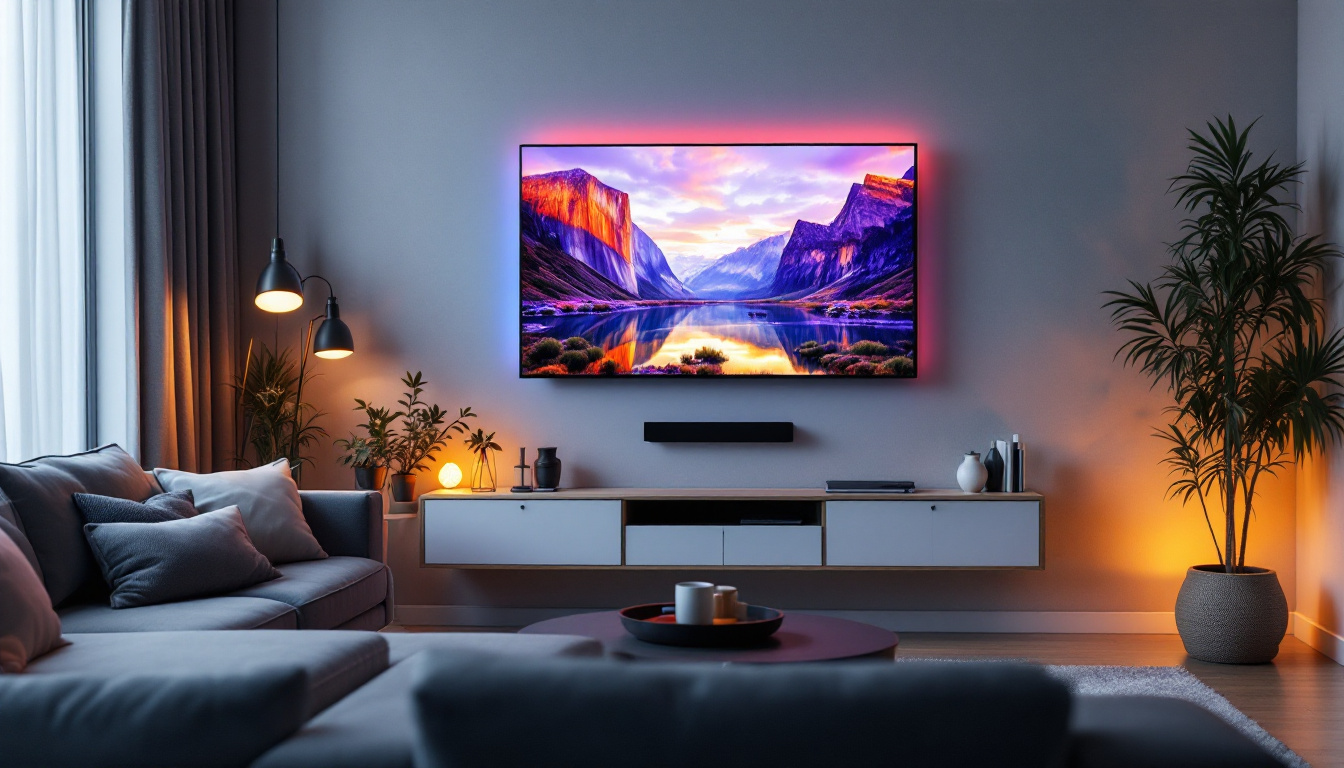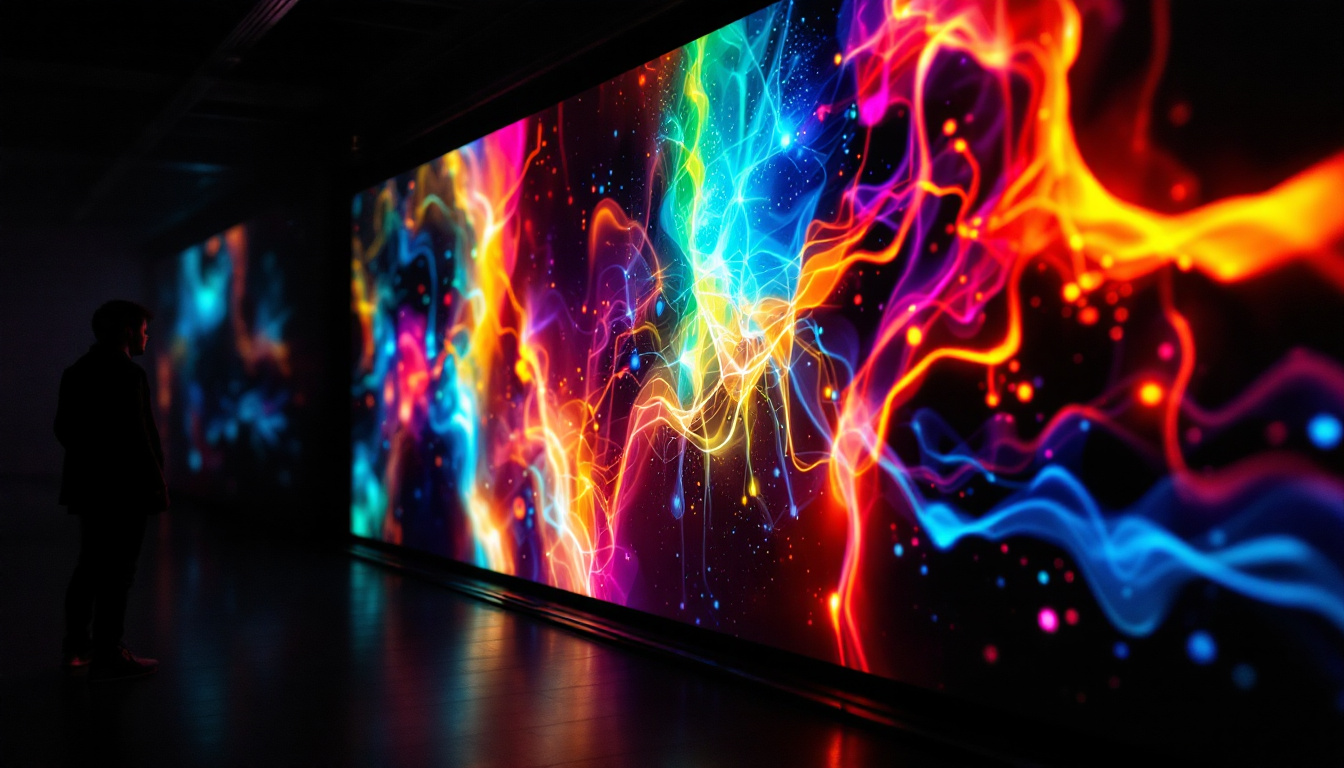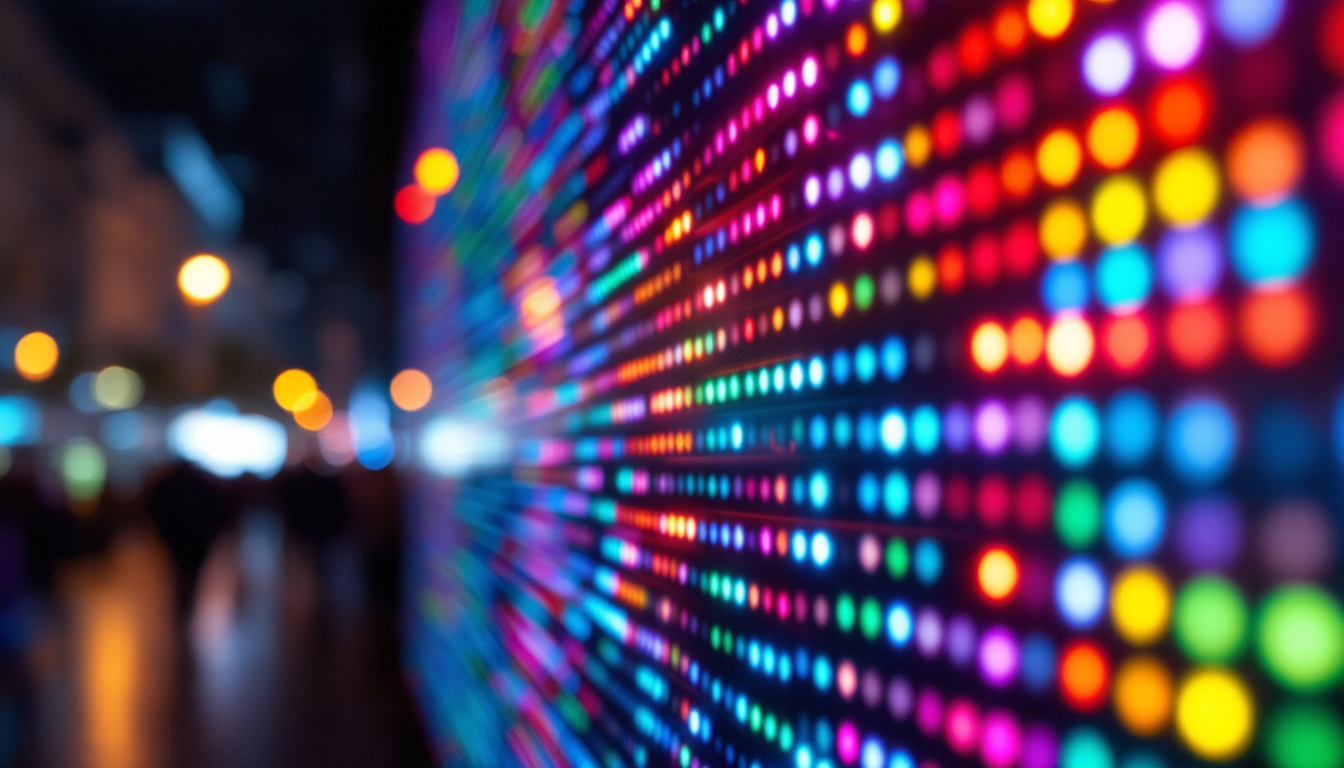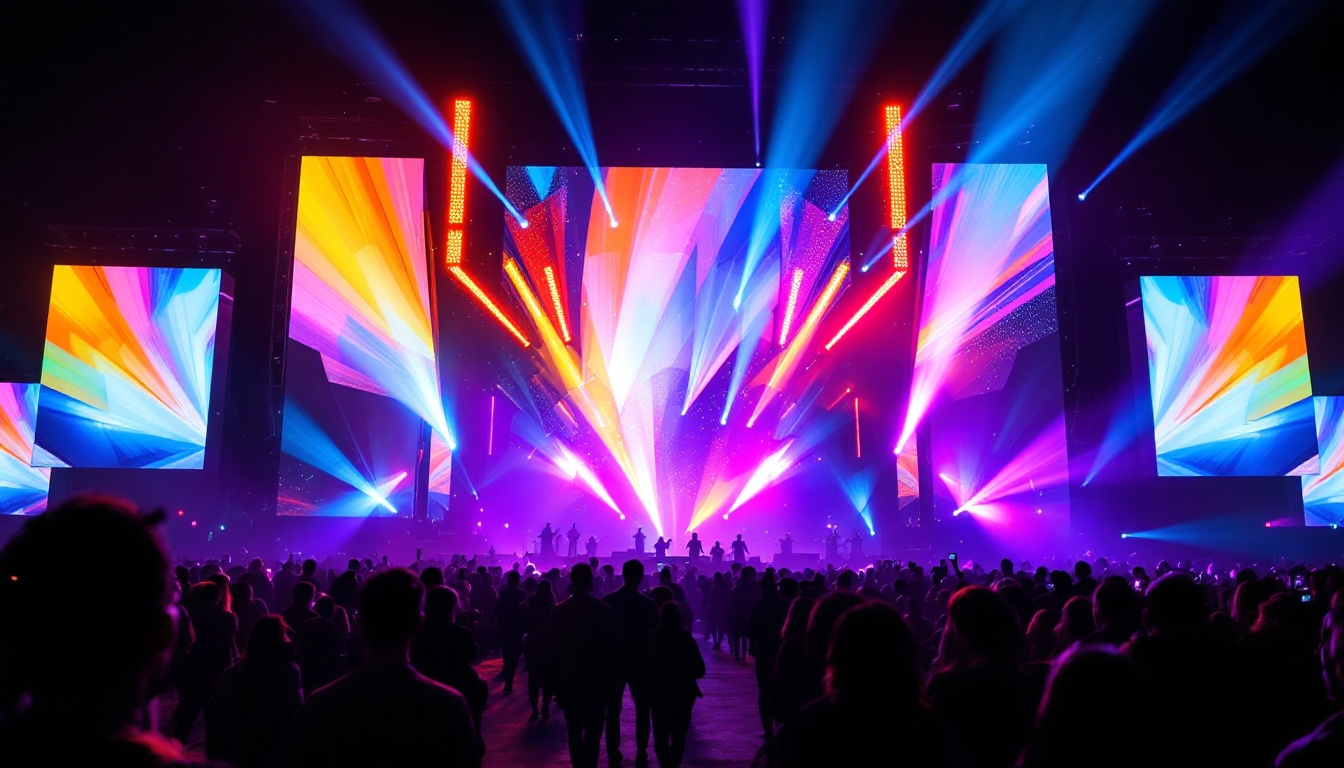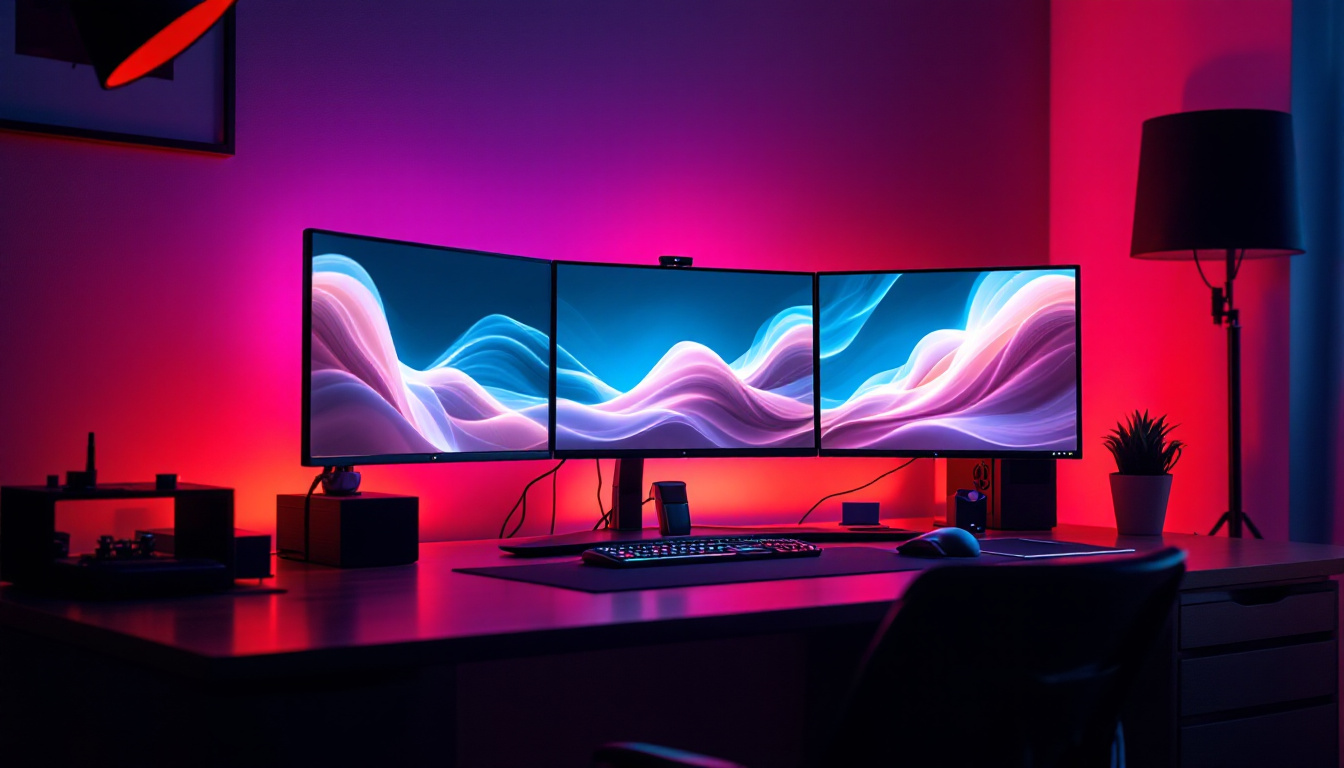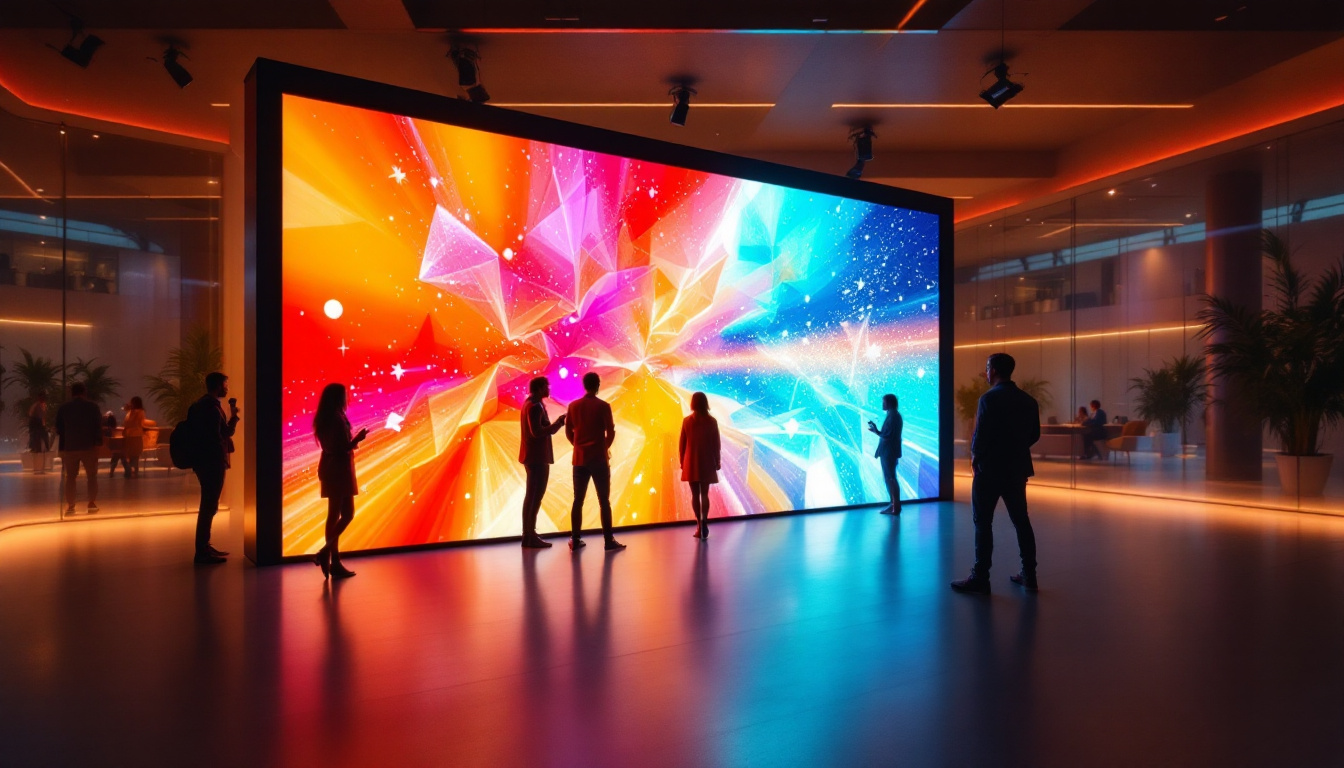In the ever-evolving world of visual technology, LED displays have become a cornerstone for creating immersive and dynamic screen backdrops. From concerts and corporate events to advertising billboards and television studios, LED screens offer unparalleled brightness, flexibility, and visual impact. This comprehensive guide explores the technology behind LED displays, their applications, advantages, and considerations for selecting the right screen backdrop solution.
Understanding LED Display Technology
LED, or Light Emitting Diode, displays are composed of thousands to millions of tiny LEDs that emit light when an electric current passes through them. Unlike traditional LCD or projection screens, LED displays generate their own light, resulting in vibrant colors and high contrast even in bright environments. This self-illuminating capability allows for deeper blacks and a wider color gamut, making LED displays a popular choice for a variety of applications, from home entertainment systems to large-scale advertising installations.
How LED Displays Work
Each pixel on an LED screen consists of red, green, and blue diodes. By adjusting the intensity of these diodes, the display can produce a full spectrum of colors. The pixels are arranged in a grid, and the density of these pixels—known as pixel pitch—determines the resolution and clarity of the image. This technology not only enhances visual quality but also allows for dynamic content that can be easily updated, making LED displays ideal for environments that require frequent changes, such as sports arenas or concert venues.
Pixel pitch is measured in millimeters and refers to the distance between the centers of two adjacent pixels. A smaller pixel pitch means higher resolution and sharper images, which is critical for close viewing distances. For example, a 1.2mm pixel pitch LED screen is ideal for indoor applications where viewers are close to the display, while a 10mm pitch might be suitable for large outdoor billboards viewed from afar. The advancements in pixel pitch technology have made it possible to create immersive experiences, such as virtual reality environments and interactive displays, further expanding the potential uses of LED technology.
Types of LED Displays
LED displays can be broadly categorized into indoor and outdoor types, each designed to meet specific environmental needs:
- Indoor LED Displays: These screens have a finer pixel pitch and are designed for controlled lighting conditions. They are commonly used in conference rooms, retail stores, and television studios. The sleek design and high resolution make them perfect for showcasing products and presentations, enhancing the overall viewer experience.
- Outdoor LED Displays: Built to withstand weather elements, these displays have higher brightness levels (often exceeding 5,000 nits) to combat sunlight glare. They are used for stadium screens, digital billboards, and public information displays. The durability of outdoor LED displays ensures that they maintain performance in various weather conditions, from rain to extreme heat, making them a reliable choice for advertisers and event organizers.
Additionally, LED displays may be classified by their construction, such as:
- Direct View LED (DVLED): The most common type, where the LEDs themselves form the image directly. This type is particularly favored for large-scale installations due to its ability to create seamless images without bezels.
- MicroLED: An emerging technology featuring even smaller LEDs, offering superior brightness and energy efficiency, with potential applications in next-generation TVs and augmented reality devices. MicroLED displays promise to deliver stunning visuals with lower power consumption, making them an exciting development in the future of display technology.
Furthermore, the versatility of LED technology extends beyond just screens. Innovations such as transparent LED displays are making waves in architectural design, allowing buildings to incorporate digital signage without obstructing views. These displays can blend seamlessly into glass facades, providing dynamic advertising opportunities while maintaining aesthetic appeal. As LED technology continues to evolve, we can expect to see even more creative applications that push the boundaries of how we interact with visual media.
Applications of LED Screen Backdrops
LED displays have revolutionized how visual content is presented across various industries. Their versatility and high impact make them a popular choice for screen backdrops in many settings.
Entertainment and Live Events
Concerts, festivals, and theatrical productions frequently use large LED backdrops to enhance the audience experience. These screens can display dynamic visuals, live video feeds, and interactive graphics that synchronize with performances.
For example, the Coachella Valley Music and Arts Festival utilizes massive LED walls that serve both as artistic canvases and functional displays, providing clear visuals to tens of thousands of attendees. The ability to customize content in real-time allows event producers to create unique and memorable atmospheres.
Corporate and Trade Shows
In corporate environments, LED backdrops are used for product launches, keynote presentations, and exhibitions. Their bright, crisp images help capture attention and communicate brand messages effectively. Trade shows benefit from modular LED panels that can be configured to fit various booth sizes and shapes.
Companies like Samsung and Microsoft have leveraged LED walls during their product unveilings to showcase high-resolution videos and interactive content, enhancing audience engagement and reinforcing brand identity.
Broadcast and Studios
Television studios increasingly rely on LED backdrops to replace traditional green screens or static sets. These displays provide dynamic, changeable backgrounds that can simulate different environments or display real-time data and graphics.
For instance, major news networks use LED walls to present weather maps, live feeds, and interactive charts, improving the visual storytelling experience for viewers.
Advertising and Digital Signage
Outdoor LED billboards are a dominant force in modern advertising. Their brightness, durability, and ability to display video content make them more effective than traditional static signs. According to a 2023 report by Grand View Research, the global digital signage market is expected to grow at a CAGR of 7.5% through 2030, driven largely by LED technology advancements.
Brands like Coca-Cola and Nike use LED billboards in high-traffic urban areas to deliver eye-catching campaigns that can be updated instantly, allowing for timely promotions and localized messaging.
Advantages of LED Screen Backdrops
Choosing an LED display as a screen backdrop offers numerous benefits over other display technologies, making it a preferred solution for many applications.
Superior Brightness and Contrast
LED displays are capable of producing brightness levels that far exceed those of LCD or projection screens. This makes them ideal for environments with high ambient light, such as outdoor venues or well-lit indoor spaces. High contrast ratios ensure that images remain sharp and colors vibrant, enhancing overall visual quality.
Energy Efficiency and Longevity
Modern LED technology is highly energy-efficient, consuming significantly less power than traditional lighting and display solutions. LEDs also have a long operational lifespan, often exceeding 100,000 hours, which reduces maintenance costs and downtime.
Flexibility and Scalability
LED screen backdrops are modular, allowing for easy customization of size and shape. This flexibility enables designers to create unique installations that fit specific venue requirements. Additionally, LED panels can be quickly assembled and disassembled, making them ideal for touring events and temporary setups.
Wide Viewing Angles and Color Accuracy
LED displays maintain consistent image quality across wide viewing angles, ensuring that audiences see clear visuals regardless of their position. Advances in LED technology have also improved color accuracy, enabling displays to meet stringent broadcast standards and deliver true-to-life images.
Key Considerations When Selecting an LED Screen Backdrop
While LED displays offer many advantages, selecting the right screen backdrop requires careful consideration of several factors to ensure optimal performance and return on investment.
Pixel Pitch and Viewing Distance
Determining the appropriate pixel pitch is crucial. A screen with too large a pixel pitch will appear pixelated when viewed up close, while a screen with an unnecessarily small pixel pitch may increase costs without visible benefits at longer distances.
As a general guideline, the optimal viewing distance (in meters) is approximately equal to the pixel pitch (in millimeters) multiplied by 1.5 to 2. For example, a 4mm pixel pitch screen is best viewed from about 6 to 8 meters away.
Brightness Requirements
Consider the ambient lighting conditions of the installation site. Outdoor LED screens typically require brightness levels above 5,000 nits to remain visible in direct sunlight, while indoor screens can operate effectively at 800 to 1,200 nits.
Resolution and Content Type
The nature of the content displayed influences resolution needs. High-definition video and detailed graphics demand higher resolution screens, whereas simpler text or images may not require as fine a pixel pitch.
Installation Environment and Durability
Environmental factors such as weather, temperature fluctuations, and exposure to dust or moisture impact the choice of LED display. Outdoor installations require weatherproof enclosures and robust construction, while indoor setups can prioritize lightweight and slim designs.
Budget and Total Cost of Ownership
While initial purchase price is important, consider ongoing costs such as power consumption, maintenance, and potential repairs. Investing in high-quality LED modules and reliable control systems can reduce long-term expenses and improve uptime.
The Future of LED Screen Backdrops
LED display technology continues to advance rapidly, promising even greater capabilities and applications in the near future.
MicroLED and MiniLED Innovations
Emerging MicroLED and MiniLED technologies offer higher pixel densities, improved brightness, and enhanced energy efficiency. These developments are expected to push the boundaries of image quality and enable thinner, lighter, and more flexible displays.
Interactive and Smart Displays
Integration with sensors, cameras, and artificial intelligence will enable LED backdrops to become interactive, responding to audience movements or environmental cues. This can create more engaging and personalized experiences in entertainment, retail, and public spaces.
Sustainability and Eco-Friendly Designs
As environmental concerns grow, manufacturers are focusing on sustainable materials, energy-saving features, and recyclability in LED display production. This aligns with corporate social responsibility goals and regulatory requirements worldwide.
Conclusion
LED screen backdrops have transformed the way visual content is delivered across a wide range of industries. Their brightness, flexibility, and superior image quality make them an indispensable tool for creating captivating environments. By understanding the underlying technology, applications, and key selection criteria, businesses and event organizers can make informed decisions that maximize impact and efficiency.
As LED technology continues to evolve, the possibilities for innovative and immersive screen backdrops are virtually limitless, promising exciting new opportunities for visual storytelling and audience engagement in the years to come.
Illuminate Your Space with LumenMatrix
Ready to elevate your environment with the vibrant, dynamic, and energy-efficient technology of LED displays? LumenMatrix is at the forefront of LED innovation, offering a diverse range of solutions tailored to meet your needs. Whether you’re looking to enhance a live event, captivate shoppers, or make a bold statement with digital signage, our Indoor and Outdoor LED Wall Displays, Vehicle LED Displays, and more are designed to transform your space and engage your audience. Experience the future of visual storytelling with our cutting-edge LED display modules. Check out LumenMatrix LED Display Solutions today and see your vision come to life.

